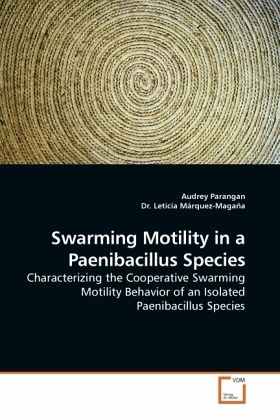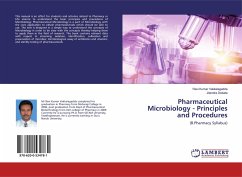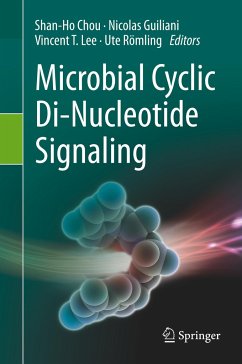
Swarming Motility in a Paenibacillus Species
Characterizing the Cooperative Swarming Motility Behavior of an Isolated Paenibacillus Species
Versandkostenfrei!
Versandfertig in 6-10 Tagen
32,99 €
inkl. MwSt.

PAYBACK Punkte
16 °P sammeln!
The goal of my thesis project was to characterize the physiology of a Paenibacillus (LMB265) swarmer cell and to study the molecular mechanisms that govern swarming in this strain. I have shown that LMB265 displays typical characteristics of swarmer cells such as hyperflagellation, production of extracellular slime, multiple antibiotic resistance and organized cooperative behavior using microbiological approaches. Furthermore, I have identified two genes putatively involved in swarming motility using RFDD PCR. Homolgs to the Bacillus subtilis for gapA (encoding for glyceraldehyde-3-phosphate d...
The goal of my thesis project was to characterize the physiology of a Paenibacillus (LMB265) swarmer cell and to study the molecular mechanisms that govern swarming in this strain. I have shown that LMB265 displays typical characteristics of swarmer cells such as hyperflagellation, production of extracellular slime, multiple antibiotic resistance and organized cooperative behavior using microbiological approaches. Furthermore, I have identified two genes putatively involved in swarming motility using RFDD PCR. Homolgs to the Bacillus subtilis for gapA (encoding for glyceraldehyde-3-phosphate dehydrogenase) and rpoA (encoding for the alpha-subunit of RNA polymerase) were identified. These results provide an important foundation for understanding the mechanisms that control swarming motility in the LMB265 Paenibacillus strain.












